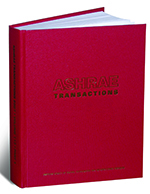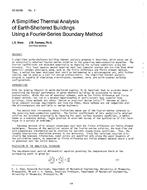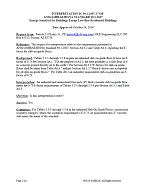In the recent past, building envelope designers and architects relied heavily on tradition to define and prescribe exterior envelope components of a building. Workmanship and understanding of the local materials were key to the success of the building project. Today, designers and architect frequently are asked to design buildings that are highly energy efficient. Sometimes this results in unexpected problems, as almost all current design guidelines do not specifically address moisture control. Established approaches exist to reduce thermal bridges in building envelopes; however, few guidelines exist to reduce moisture bridges. Major changes in the thermal, and moisture performance properties of key material components are being introduced into the building market. Designers are therefore required to analyze the heat and moisture transport of the envelope systems for the implemented climate.
Recently several advanced hygrothermal models have been developed and are widely available to the general public to assist in the design of both the thermal and moisture performance of building envelopes. In this paper, the application of ORNL’s stateof the art hygrothermal model, MOISTURE-EXPERT, will be demonstrated using three different ventilation strategies on a wall envelope system. A moisture engineering approach is used. Results are presented to demonstrate how one could apply hygrothermal modeling tools to assist in both design objectives—energy efficiency and durability. Experimental data will be presented to benchmark the model. Finally, the paper will present a preliminary analysis to show the sensitivity of the hygrothermal results of cavity ventilation envelope on different exterior environmental loads.
Citation: Thermal Performance of Exterior Envelopes of Whole Buildings IX
Product Details
- Published:
- 2004
- Number of Pages:
- 12
- File Size:
- 1 file , 6.5 MB
- Product Code(s):
- D-BldgsIX69


